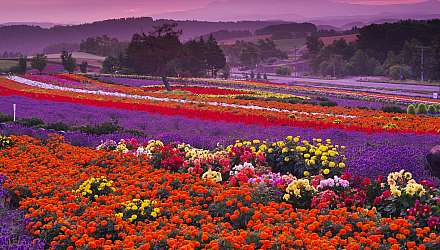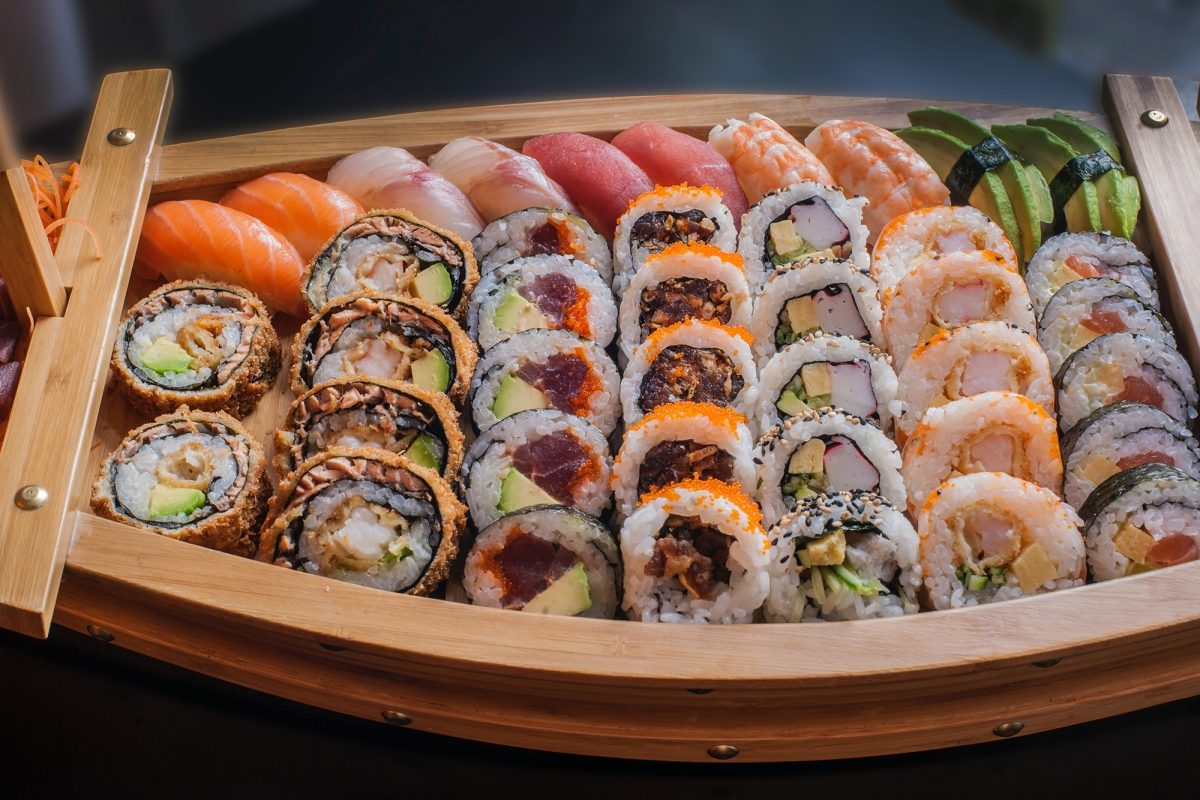
© Riccardo Bergamini/Unsplash
Ten foods to try when visiting Japan
From tofu to tempura, noodle soups to pickled plums, eating your way through Japan is a highlight of any trip
When it comes to a country as awe-inspiring and all-encompassing as Japan, there’s never really just one reason to visit – unless that reason is food. Japanese cuisine is a fascinating and diverse treasure chest of gastronomic delights that can only truly be explored first-hand, and with such a varied selection, food in Japan offers more than enough to treat every palate. After all that scoffing, there are some exquisitely crafted drinks to wash it all down with, too, but with a cuisine so vast, where to start? Here are ten unmissable tastes to seek out on your trip...
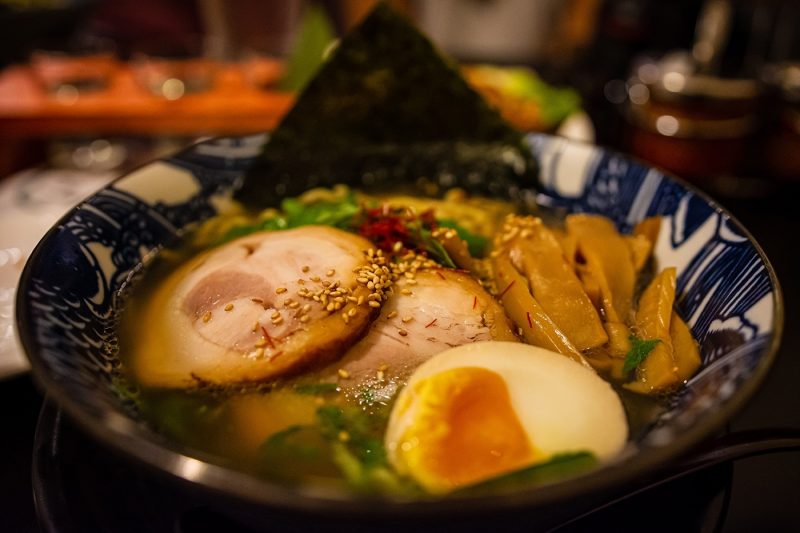
Don't leave Japan without slurping down at least one bowl of ramen © Hari Unpacker/Unsplash
Ramen
Don’t leave Japan without sampling at least one bowl of ramen. One of the country’s quintessential dishes, the basis of ramen is wheat noodles in fish or meat broth, topped with ingredients that will vary depending on where you’re eating it. Sapporo, the capital of Japan’s most northern island, Hokkaido, is particularly known for its ramen, where the broth is laced with warming miso and most often topped with garlic, sweetcorn, butter, bean sprouts and chopped pork. In Tokyo, you’ll find a soy-flavoured chicken broth filled with curly noodles, finished with the likes of egg, nori (seaweed), spinach and sliced pork.
Miso soup
A simple yet ultimately enjoyable dish, miso soup can be eaten at any time of day, whether as a snack on its own or served as a side dish with breakfast, lunch or dinner. The basis of the soup is essentially just miso paste (made from fermented soy beans) and dashi stock (traditionally made with fish, but as with many dishes, non-fish dashi is often available), but numerous additions have found their way into the soup, too, including cubes of tofu, spring onions and wakame (a type of seaweed). Get a taste for how miso is produced by visiting the Miso Factory and Museum in Gamagōri, located on Mikawa Bay, as part of a Princess shore excursion.
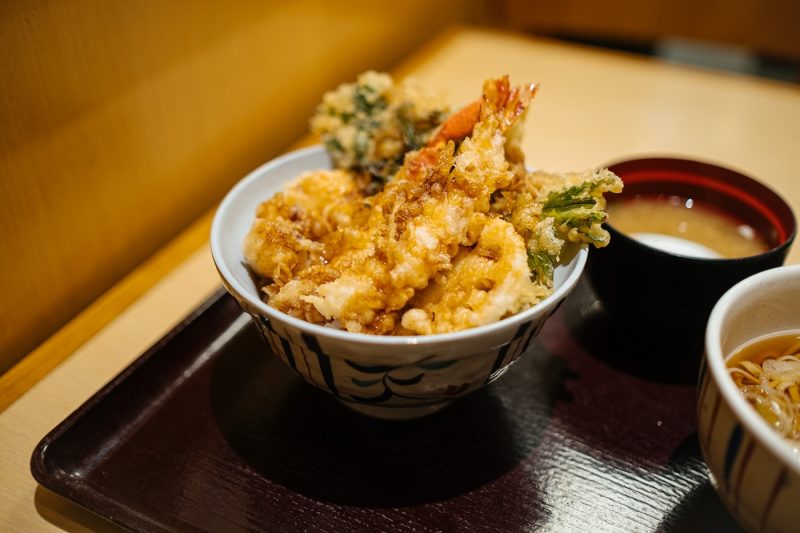
Light, crispy and oh-so moreish: Japanese tempura © Bady Abbas/Unsplash
Tempura
In Japan, the act of battering and frying food doesn’t result in a heavy, greasy dish, unlike back in the UK. Light, fluffy and oh-so crisp, tempura sees various ingredients – prawns, shrimp, squid, broccoli, mushrooms, aubergine – deep-fried in an airy batter made with sparkling water and wheat flour. Traditional tempura batter includes eggs, but vegan tempura is also widely available.
Shochu
Although technically a drink, shochu is definitely something to try while on your travels in Japan. Less widely known outside of Japan but more popular than sake within the country, shochu is a distilled spirit (averaging out at around 25% ABV) commonly made from rice, barley, buckwheat or even sweet potato. As you might imagine, sweet-potato shochu tastes pretty different to a barley version, but many shochus do have a surprisingly light taste. It’s also a versatile drink, as shochu can be enjoyed on its own, with ice, with hot or cold water, or as part of a cocktail. Ask your bartender for their recommendation.
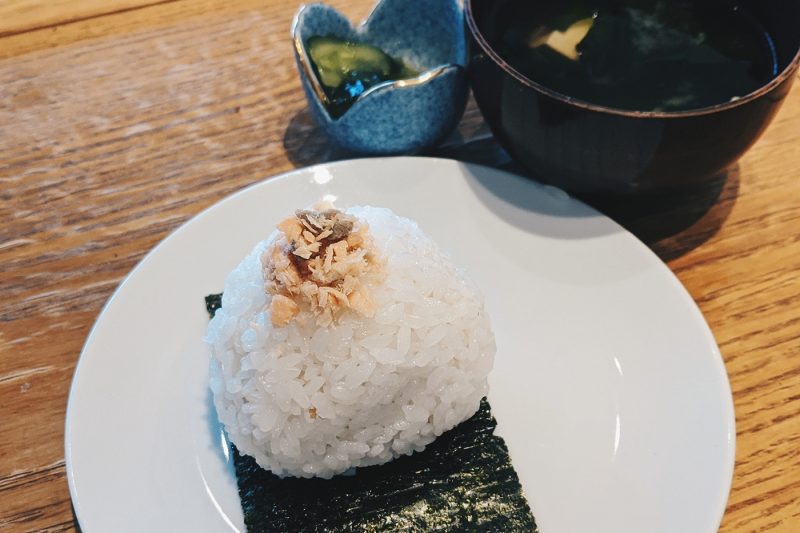
Fill up on the go with fluffy, stuffed rice balls know as onigiri © Note Thanun/Unsplash
Onigiri
Forget sandwiches – these rice balls are where it’s at when it comes to eating on the go in Japan. Available in cafés and convenience stores, these little domes are made from sticky white rice wrapped in small sheets of nori, often sprinkled with black sesame seeds. Inside, onigiri house all sorts of fillings, such as cooked salmon, chicken or tuna. One popular filling worth looking out for is umeboshi (pickled plums), which have a bold flavour that becomes moreish very quickly!
Soba noodles
Made with buckwheat flour, soba noodles have a long history in Japan (many sources date their current form back to the 15th or 16th century) and today play an important part in the country’s cuisine. Containing vitamin B and lysine, an amino acid, the noodles are very nutritious and hugely versatile, but also super tasty. You can eat them hot in kake soba (a noodle soup with lots of variations), or cold in dishes like zaru soba (cold soba noodles served with a soy-based dipping sauce) and oroshi soba (the same served tossed in a dashi and with grated daikon radish on top). As part of a Princess shore excursion, you can settle in for lunch at a traditional soba noodle restaurant in Kushiro, a city located in the Hokkaido Prefecture, for the ultimate slurping experience.
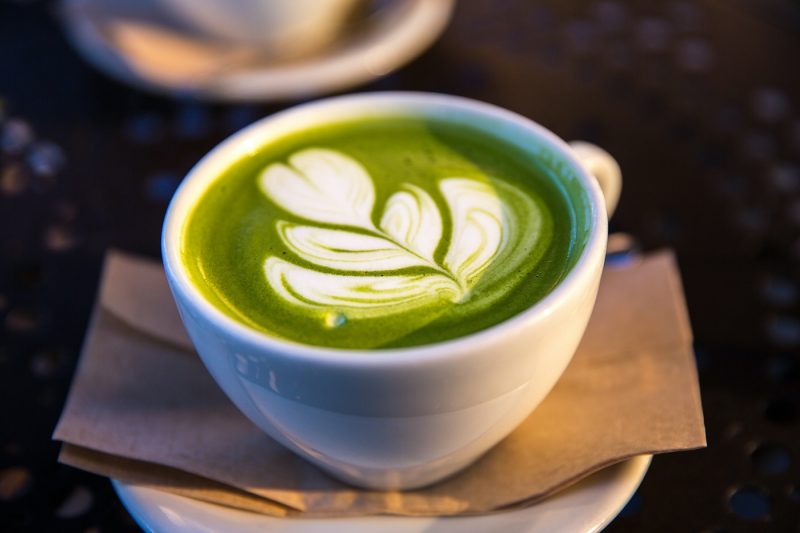
Go green with a cup of matcha tea when in Japan © Jason Leung/Unsplash
Matcha
This finely ground green-tea powder may have originated in China, but over the centuries it’s become more widely associated for its use around Japan. You’ll find mossy-coloured matcha as part of a traditional Japanese tea ceremony (which you can experience as part of a Princess shore excursion), as an ingredient in various desserts and sweet delights (from ice cream to KitKats!), or in the ever-popular matcha lattes available in almost every café across the country.
Wagashi
Japan’s sweet treats don’t get as much attention as their savoury siblings, which is a shame because there are some real delights to be had, one of which is wagashi, the name for a wide range of traditional sweets served with tea. Wagashi are most often made with rice and/or rice flour laced with sweet red bean paste, and are almost always plant-based. A few favourites are dango, which are steamed rice flour dumplings served on skewers, covered in a sweet, sticky glaze, and daifuku, a plump rice cake (known alone as a mochi) stuffed with fruit, nuts or bean paste.

Be sure to try okonomiyaki, Japanese-style omelette © Daniel Hooper/Unsplash
Okonomiyaki
Somewhere between a pancake and an omelette, okonomiyaki is made from a delicious batter of eggs, flour, cabbage and grated yam. Depending on your tastes and also your location in Japan, other ingredients are tossed through the batter, such as onions, shrimp and pork belly. Visit an okonomiyaki restaurant and the chef will cook it on a hot plate right in front of you, or even bring out the raw ingredients and let you cook it yourself. In Osaka, where this dish is said to have originated, once cooked okonomiyaki is drizzled with a Worcestershire-sauce-like dressing and Japanese mayo, along with other condiments and spices.
Sushi
No list of Japanese must-tries would be complete without mentioning sushi. First introduced to the US by Japanese immigrants in the early 1900s, sushi is now one of the most popular fast foods and takeaways in the Western world. Referring to anything made with Japanese rice seasoned with rice vinegar, sushi are bite-sized morsels of rice prepared with raw fish (such as tuna and eel), cucumber, spring onions or fermented beans, all encased in nori. While sushi made with raw salmon is widely loved around the world, including in Japan, it’s not a traditional Japanese ingredient – it was the Norwegians in the 1980s who first made sushi using salmon, after the country had a surplus of the fish and was looking for new, appealing ways to eat it.
Enjoy hand-prepared traditional sushi while onboard at Ocean Terrace Sushi Bar, available on all our Royal Class ships, and at our Kai Sushi bar on Diamond Princess.

